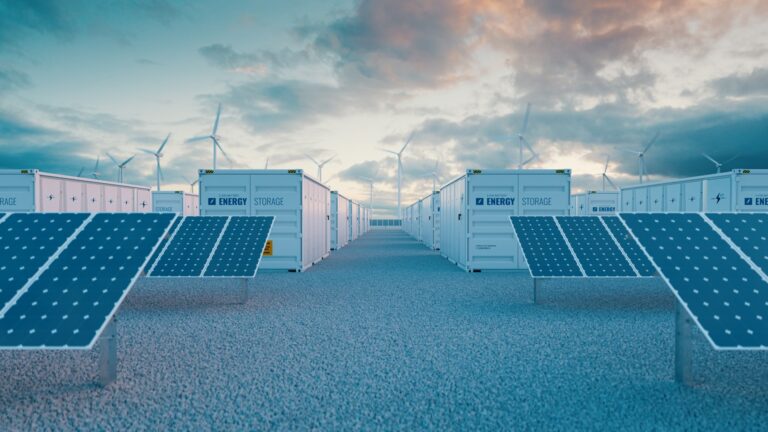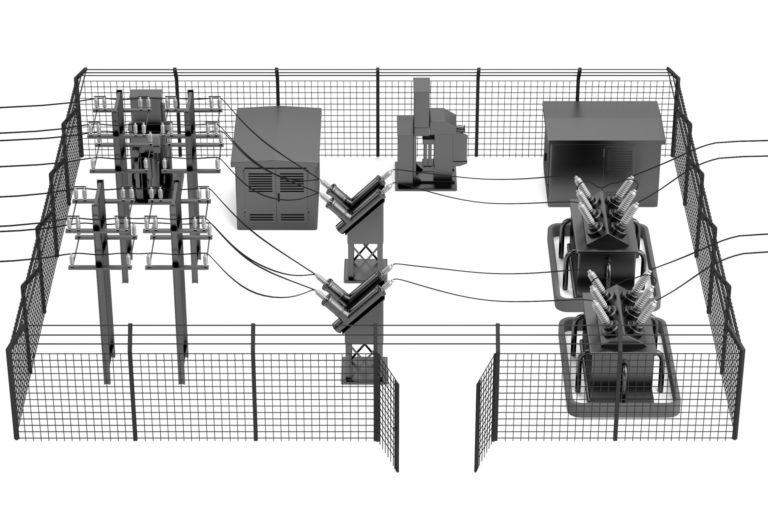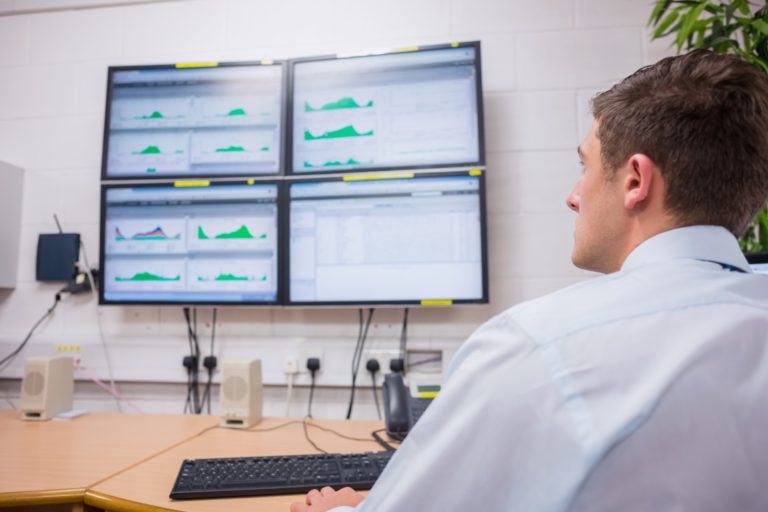
Introduction
Utility-scale battery storage has emerged as a game-changer in the modern energy landscape,
offering grid stability, load balancing, and integration of renewable energy sources. These
massive battery systems have the potential to revolutionize the power sector, reducing carbon
emissions and enhancing grid resilience. In this blog, we will explore the essential tasks and
responsibilities of electrical engineers in utility-scale battery storage projects.
System Design and Integration
One of the primary tasks of an electrical engineer in utility-scale battery storage projects is to
design phase (30%, 60%, 90% IFC , studies phase and testing-commissioning phase ( As Built).
This involves determining the capacity and configuration of the battery array, selecting
appropriate battery technologies, and ensuring seamless integration with the existing power
infrastructure. The engineer must consider various factors such as energy demand, load profiles,
and grid requirements to optimize the system design.
Feasibility Studies
Before any project takes off, electrical engineers play a critical role in conducting feasibility
studies. These studies assess the technical and economic viability of implementing battery
storage at a particular location. Engineers analyze data on energy consumption patterns, peak
demand periods, and potential revenue streams from various grid services to determine if the
project is economically sustainable.
Performance Modeling and Simulation
Performance modeling and simulation are crucial steps in utility-scale battery storage projects.
Electrical engineers utilize advanced software tools to model the behavior of the battery system
under different operating conditions. This helps in accurately predicting performance, estimating
energy storage capacity, and optimizing battery charging and discharging strategies.
Safety and Compliance
Safety is of paramount importance in utility-scale battery storage projects due to the massive
energy stored and high voltage systems involved. Electrical engineers ensure compliance with industry standards and local regulations to guarantee the safe operation and maintenance of the
battery system. They design appropriate safety protocols, fire suppression systems, and
emergency shutdown mechanisms to safeguard personnel and the surrounding environment.
Grid Interconnection
Integrating a utility-scale battery storage system with the grid requires a thorough understanding
of power electronics and grid requirements. Electrical engineers work closely with utilities and
grid operators to ensure seamless interconnection and compliance with grid codes. They address
power quality issues, frequency regulation, and grid stability concerns to facilitate a smooth
integration process.
Testing and Commissioning
Before the battery storage system goes live, rigorous testing and commissioning are necessary.
Electrical engineers oversee these processes to verify the system’s performance, safety features,
and adherence to design specifications. They collaborate with a multidisciplinary team to address
any potential issues and ensure a successful project launch.
Monitoring and Maintenance
Once the battery storage system is operational, electrical engineers are responsible for
continuous monitoring and maintenance. Advanced monitoring systems track the performance of
individual battery cells, overall system efficiency, and any signs of degradation. Engineers
analyze the data and carry out preventive maintenance to extend the system’s lifespan and
optimize its performance.
Conclusion
Utility-scale battery storage projects are at the forefront of the global energy transition, offering a
sustainable and reliable solution to support the integration of renewable energy sources and
enhance grid stability. Electrical engineers play a vital role in all stages of these projects, from
system design and integration to testing, commissioning, and long-term maintenance. Their
expertise and innovation are indispensable in shaping a greener and more sustainable energy
future for the world.




